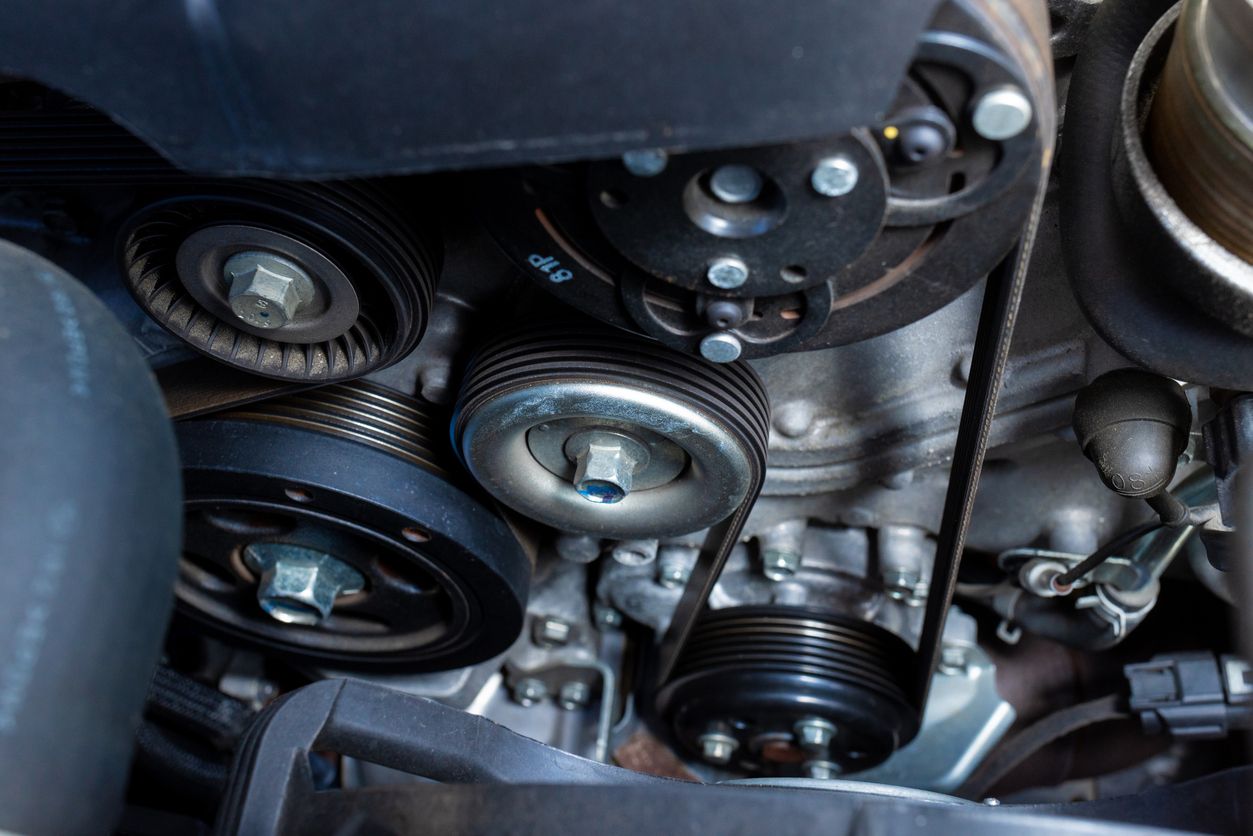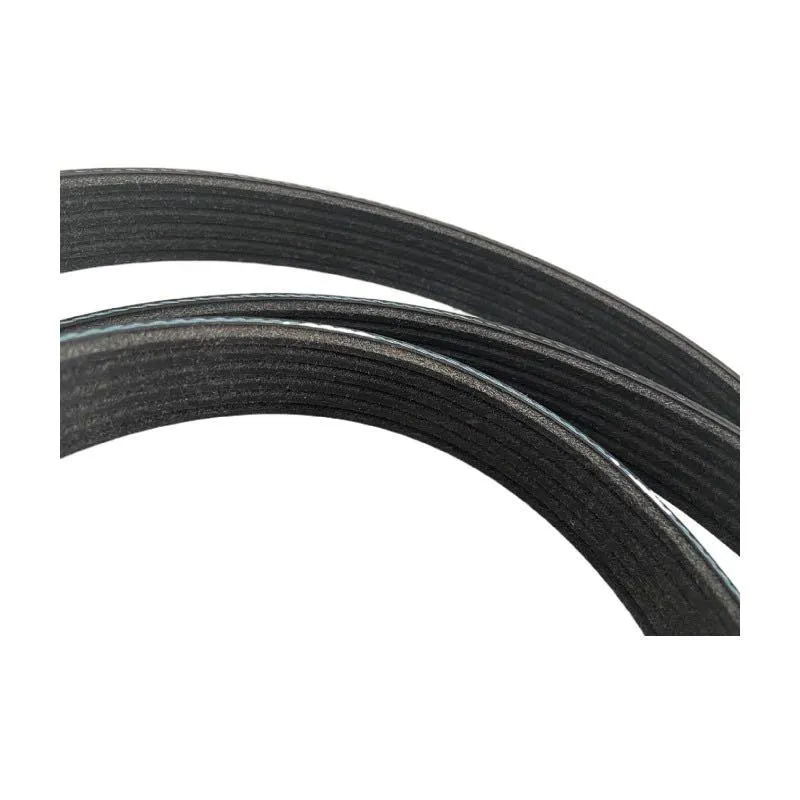- Arabic
- French
- Russian
- Spanish
- Portuguese
- Turkish
- Armenian
- English
- Albanian
- Amharic
- Azerbaijani
- Basque
- Belarusian
- Bengali
- Bosnian
- Bulgarian
- Catalan
- Cebuano
- Corsican
- Croatian
- Czech
- Danish
- Dutch
- Afrikaans
- Esperanto
- Estonian
- Finnish
- Frisian
- Galician
- Georgian
- German
- Greek
- Gujarati
- Haitian Creole
- hausa
- hawaiian
- Hebrew
- Hindi
- Miao
- Hungarian
- Icelandic
- igbo
- Indonesian
- irish
- Italian
- Japanese
- Javanese
- Kannada
- kazakh
- Khmer
- Rwandese
- Korean
- Kurdish
- Kyrgyz
- Lao
- Latin
- Latvian
- Lithuanian
- Luxembourgish
- Macedonian
- Malgashi
- Malay
- Malayalam
- Maltese
- Maori
- Marathi
- Mongolian
- Myanmar
- Nepali
- Norwegian
- Norwegian
- Occitan
- Pashto
- Persian
- Polish
- Punjabi
- Romanian
- Samoan
- Scottish Gaelic
- Serbian
- Sesotho
- Shona
- Sindhi
- Sinhala
- Slovak
- Slovenian
- Somali
- Sundanese
- Swahili
- Swedish
- Tagalog
- Tajik
- Tamil
- Tatar
- Telugu
- Thai
- Turkmen
- Ukrainian
- Urdu
- Uighur
- Uzbek
- Vietnamese
- Welsh
- Bantu
- Yiddish
- Yoruba
- Zulu
јун . 19, 2024 10:41 Back to list
YOUR CAR'S SERPENTINE BELT
YOUR CAR'S SERPENTINE BELT
Would you believe us if we said that a single piece of rubber helps keep your vehicle’s alternator, power steering pump, and even water pump running? Well, it’s true: Meet the simple yet critical engine component that helps keep your vehicle running as it should — the serpentine belt.
WHAT DOES A SERPENTINE BELT DO?
The serpentine belt is one long, snaking belt that is designed to keep your alternator, power steering pump, air conditioning, and, in some cases, your water pump running smoothly and effectively. This belt might not keep your pants up, but it does transport power to vital automotive components!
HOW DOES A SERPENTINE BELT WORK?
As your engine runs, the crankshaft turns, which moves the serpentine belt. By “snaking” through the different components (hence the name serpentine), this movement enables the belt to transfer power to other key components.
Back in the day, cars had individual belts for many components. Though each belt could be replaced individually, these cars experienced inconsistent or compromised performance as individual belts began to wear down.
Today, there’s one belt to run them all—well, for the majority of vehicles. Some rides may have an additional belt to run select accessories. Thanks to serpentine belts, your car can run more effectively and smoothly than in years past.
WHAT HAPPENS AS A BELT AGES?
Serpentine belts can wear, fray, crack, or become shiny and “glazed,” and rubber parts can peel off the belt. An aging belt can also begin slipping or squealing, become oil soaked, or experience misalignment, in which case it will need to be replaced. A misaligned belt may also indicate an issue with other belt driven components.
An old belt can even snap. Without a serpentine belt in place, drive torque to all of the engine’s accessories cannot be delivered from the crankshaft pulley. You might also have some serious engine damage to tend to.
7PK2300 90916-T2024 RIBBED BELT POLY V BELT PK BELT
SIGNS OF A BAD SERPENTINE BELT
A damaged or broken serpentine belt can spell trouble for your car. That means it’s important to pay attention to these potential bad serpentine belt symptoms:
- Chirp or squeal: A squealing sound may occur when a belt begins slipping. This is the result of the belt and pulley not working correctly, low belt tension, or belt stretch. Oil and antifreeze leaks can also contribute to belt slippage. If you hear these sounds, you need to have your car inspected as soon as possible before further malfunctions occur. And with this sound, they eventually will.
- System performance loss: Maybe your power steering has failed, your battery suddenly drains, or your engine just stops. All these things can be controlled by a properly functioning serpentine or V-belt. Once your belt is compromised, it can produce further damage to the vital systems that depend on it—such as the alternator, water pump, power steering, and air conditioning. Unfortunately, the resulting damage can require extensive repair, with very little warning leading up to the event.
Unusual noises may be related to issues with other parts. Where there’s a noise, there’s a potential problem. Never ignore odd noises coming from your engine.
WHAT IS THE BENEFIT OF REPLACING A SERPENTINE BELT?
Driving on an old belt is a disaster waiting to happen since it powers almost all of the engine’s accessories. That means when your belt breaks, slips, or finally wears out, everything from the power steering pump to the alternator and air conditioner may stop working.
What’s more, the parts it controls can become severely damaged. Broken hoses and belts are bad; a damaged engine is even worse. By replacing your belt periodically, you can minimize the risk of breakdown.
HOW OFTEN SHOULD A SERPENTINE BELT BE REPLACED?
Serpentine belts are built to last much longer than they used to, mostly due to advancements in rubber technology. Under ideal conditions, a belt should last an average of 60,000 to 100,000 miles. That's pretty impressive!
Some belts are manually tensioned and may simply need to be adjusted. Others have a self-tensioning mechanism that can experience wear over time and may need to be serviced. One thing to remember: in most cases, if the belt breaks, the vehicle will stop running after a short period of time.
WHAT ABOUT THE BELT TENSIONER?
Many of today’s vehicles are equipped with a self-tensioning device called an automatic belt tensioner. These tensioners are designed to hold a predetermined amount of tension on the serpentine belt so it functions properly and keeps your car cruising.
Your serpentine belt is like one giant, fast-spinning rubber band. Like a rubber band, it must maintain a balance of flexibility and tension. Most tensioners feature an internal spring and pulley, which apply the needed force against the serpentine belt to keep it tight.
WHY SHOULD I REPLACE THE BELT TENSIONER?
A belt can slip, squeal, or run hot if there is not enough tension. In the worst-case scenario, a loose belt may come off of its pulleys. When this happens, all the accessories powered by the engine go kaput, and the vehicle will usually stop running pretty soon.
Quick fact: If your serpentine belt is loose, you may have other mechanical problems, like an underperforming water pump, which can cause the engine to overheat.
SERPENTINE BELT REPLACEMENT COST
Serpentine belts can range in cost depending on your vehicle’s make and model. On average, they cost between $100 and $150, including labor, but they can vary depending on each car and situation. Additionally, if you wait until your belt completely breaks, you may face extra costs for repairs to other components of your engine.
-
Korean Auto Parts Timing Belt 24312-37500 For Hyundai/Kia
NewsMar.07,2025
-
7PK2300 90916-T2024 RIBBED BELT POLY V BELT PK BELT
NewsMar.07,2025
-
Chinese Auto Belt Factory 310-2M-22 For BMW/Mercedes-Benz
NewsMar.07,2025
-
Chinese Auto Belt Factory 310-2M-22 For BMW/Mercedes-Benz
NewsMar.07,2025
-
90916-02660 PK Belt 6PK1680 For Toyota
NewsMar.07,2025
-
drive belt serpentine belt
NewsMar.07,2025



